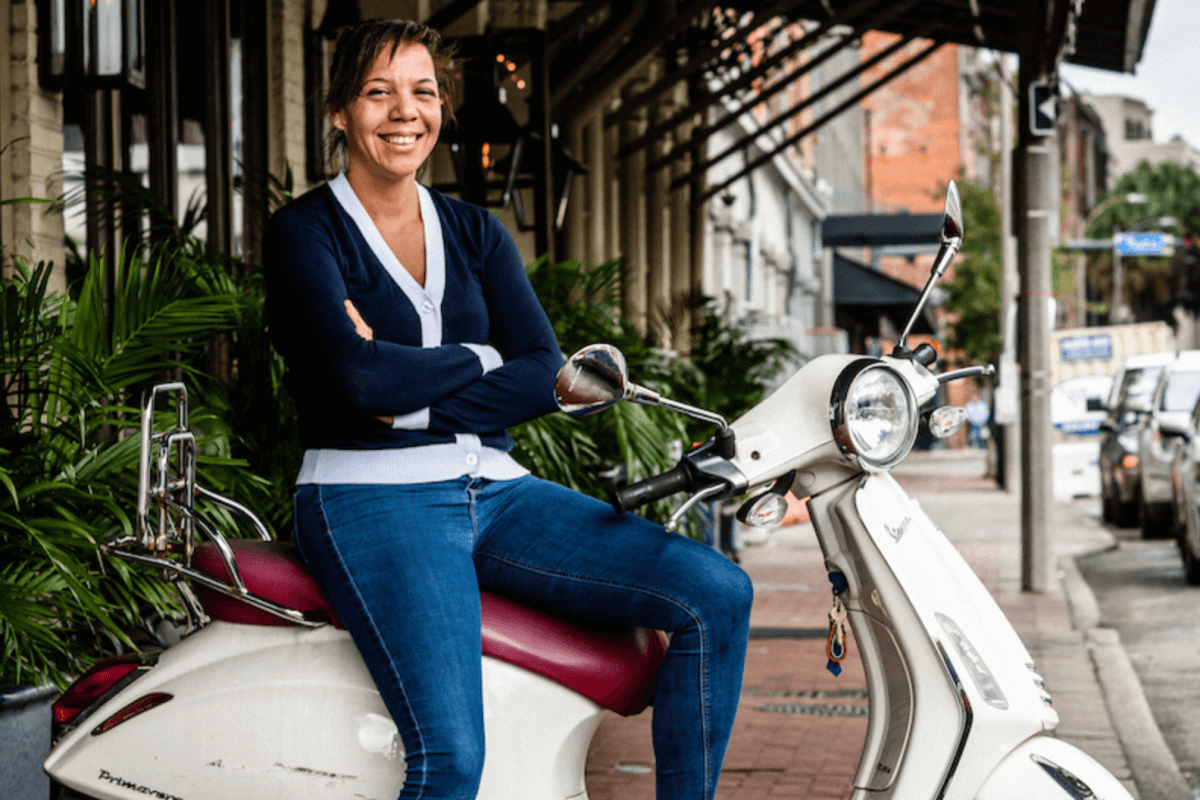James Beard Award-winning chef Nina Compton’s new book, Kwéyòl / Creole, is much more than a cookbook. The collection of 100 recipes also chronicles Nina’s culinary journey from her native land of St. Lucia to Jamaica, Miami, and finally, New Orleans — the city she now proudly calls home. It’s also where she helms her restaurant Compère Lapin.
In Kwéyòl / Creole, the Top Chef runner-up and fan favorite celebrates the African heritage that threads together the cuisines of the places that have made her the chef she is today. Get to know this inspiring FACE of the South!
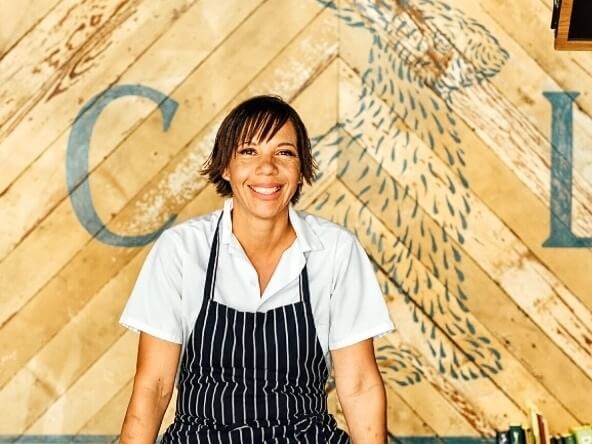
Beyond the delicious recipes, what are you hoping readers will take away from your new book?
The driving force for the book was documenting Caribbean cuisine. We don’t have a lot of cookbooks illustrating Caribbean or Creole cuisine, especially from my part of the world. When we opened Compère Lapin, I would have people who were curious about Caribbean food come in and ask, “What books can I get online?” And it is just so limited. I wanted to provide people with insight into what Caribbean cuisine is and how beautiful it is. It showcases my journey living in Saint Lucia, then moving to Jamaica, Miami, and New Orleans.
You’ve lived in remarkable places. How do you feel each one has influenced you as a chef?
St. Lucia is a very small island. My work has been about showing how beautiful our cuisine is and preserving those recipes we don’t necessarily have on file.
Moving to Jamaica was about understanding its cuisine. There are similarities (but also differences) between Jamaican cuisine and the cuisine of St. Lucia. As a young chef and a creative, I wanted to expand my horizons. Jamaica made the most sense at that time.
Miami was a great time for me to explore Afro-Caribbean and Latin American cuisine, focusing on Haitian, Cuban, Puerto Rican, Dominican, Venezuelan, Colombian, and Brazilian cuisines.
New Orleans is a place I have always wanted to live in and experience, not just for vacation. I wanted to really soak everything in. It reminds me a lot of Saint Lucia.
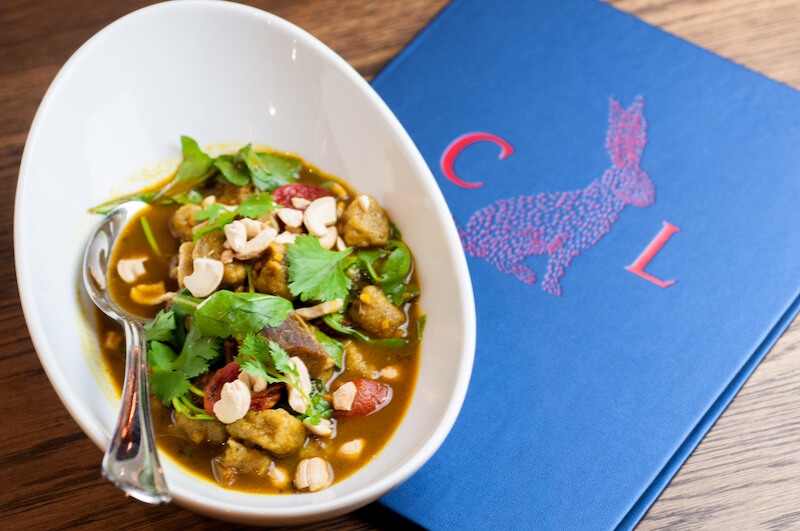
What drew you to New Orleans?
It’s really the people. There are too many characters and not enough time, because they’re just so colorful in the most beautiful way. And they celebrate food every day in any way possible. The culture is very rich. The music is very rich. They have gone through so much but still come out on top.
That’s the thing I really appreciate. You hear stories about Hurricane Katrina and going through that hardship, but when people were displaced from Katrina, they came back because they wanted to come back.
Also, they’re very deeply rooted in preservation here. There are buildings that are 200 or 300 years old, and they’re proud of that. They don’t want to knock them down to put up a shiny new building. You see a lot of generational restaurants, bars, and music venues that have been around forever because they wanted to preserve them.
How do you blend New Orleans and Caribbean culture at your restaurant?
When I moved here, the biggest thing was understanding and appreciating the people who came before me, and not trying to do my twist on things. I want to be very respectful with those dishes I put on the menu because they are very personal to these people. It’s something their grandmother or mother made.
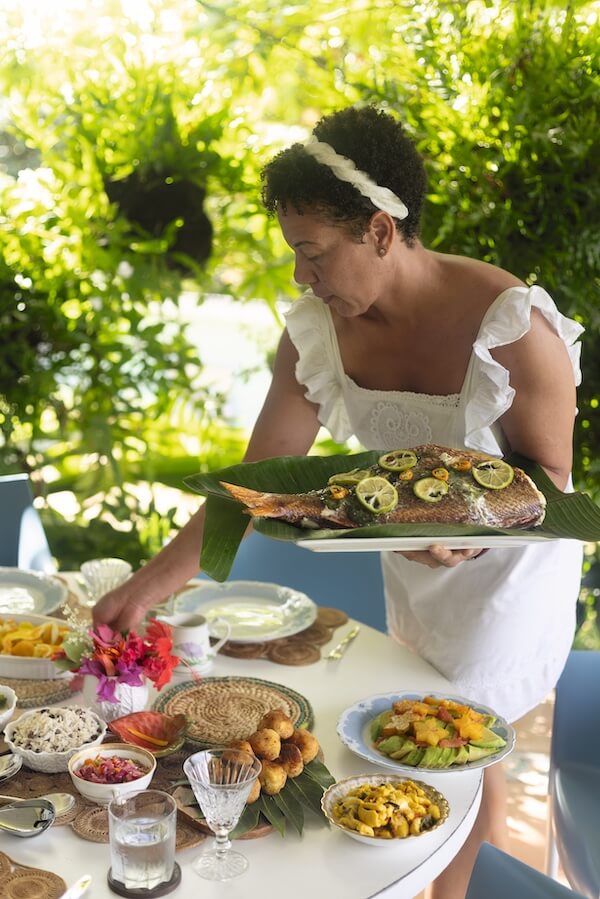
What are some of your personal favorite spots in New Orleans?
That’s tough! If I have a meeting, I might go to Ayu Bakehouse and catch up. Also, Fritai is a beautiful Haitian restaurant. I’m seeing so much advancement in the culinary landscape here. It’s not just Creole or Cajun restaurants. You have Senegalese food, food from Ethiopia, Mexican, Venezuelan, Colombian — you name it!
We’re getting so many options now, and that is because the people of New Orleans are very inquisitive about food and culture. They support those restaurants, and they thrive.
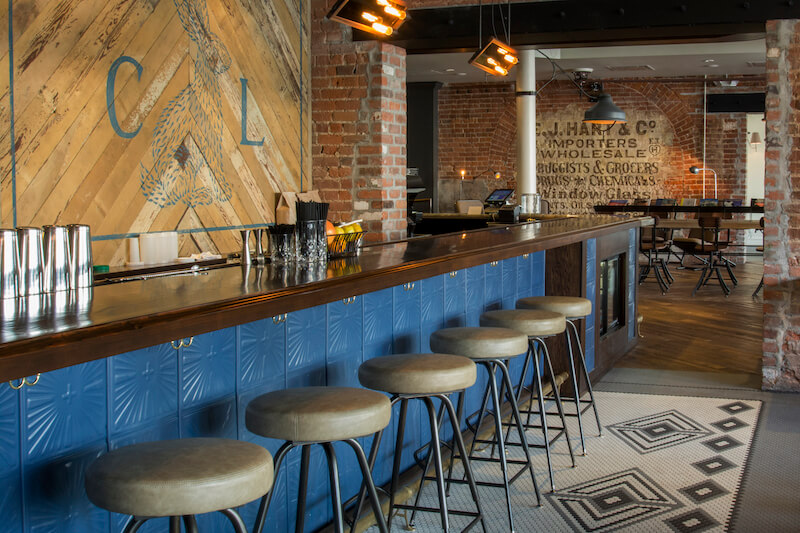
What was the most pivotal stage of your culinary career?
Top Chef was a very big turning point for me because I had worked for very well-known chefs, and I was cooking their food and their recipes. But when I did Top Chef, that was the first moment I said, “Hey, I can cook my food. There’s no boundary here. The world is my oyster, and I can do whatever I want.” That was the first time I actually considered showcasing Caribbean food, and it was warmly embraced.
Where can we find you when you’re not working?
When I’m off, if I leave my house, I’m pissed. But I do like to travel. I think when you’re a chef, traveling is the best source of inspiration. I always tell people to experience things like a local; don’t go for the touristy things. I go to the local markets.
What’s your best piece of advice?
Have a sense of pride in where you’re from and don’t ever forget that. Before I went on Top Chef, nobody really knew where Saint Lucia was. Now, people see me and it’s the first thing they mention. There are just so many people who don’t have the confidence to talk about where they’re from and their backgrounds, and I think that’s something you should never hide.
And finally, name three things you can’t live without.
Wine and cheese, the beach (or at least being near a river), and music.
As an Amazon Associate, we earn from qualifying purchases.
**********
Southern women are doing remarkable things. Meet more of them in our FACES archives!



















